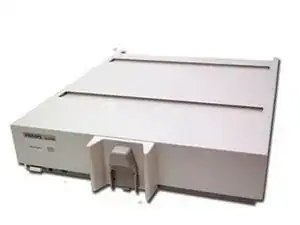Background and Identification
Philips and Co. was founded in 1891 in Eindhoven, the Netherlands, by Frederik Philips and his son, Gerard. Philips and Co. cover a variety of technological devices from home appliances and even medical devices. During the 1910s, the Philips Nat Lab opened in 1914 which was led by Dr. Giles Holst. Philips and Co. began to innovate to develop new sources of light, one of which is used in X-ray tubes that embarks Philips involvement in the early stages of healthcare technology. In the 1930s, Philips developed the Philshave that is a rotary electric razor. During the 1940s, the Philips Research developed various innovations to aid post-war recovery, some of which include the discovery of UV light to kill bacteria, tubular fluorescent lights, new magnetic materials and ceramics, a hearing aid, and a gramophone. Philips also enhanced and modernized their radio and shaver technologies and television. These are some of Philips technological innovations that are part of our history and in present day.
Philips and Co. is responsible for manufacturing the Philips Anesthesia System. The Philips Anesthesia System comes in various models. One of them is the Phillips M1026B Gas Anesthetic Gas Module. This device works together with the IntelliVue MP40/50/60/70/90. It measures the airway gases of ventilated patients who are under general gas anesthesia.
Technical Specifications
Physical:
- Size: (H x W x D) 90 mm x 370 mm x 467 mm (3.54 x14.6x18.4 in)
- Weight: 6.3kg (13.9)
Environmental Specifications:
- Operating Temperature 10 to 40 C (50 to 104 F)
- Storage Temperature: -20 to 70 C (-4 to 158 F)
- Humidity Limit (Operating): up to 95% RH max @ 40 C (104 F) non-condensing
- Humidity Limit (Storage): up to 95% RH max @ 70 C (158 F) non -condensing
- Altitude Range (Operating): -381 to 3048m (-1,250 to 10 000 ft.)
- Altitude Range (Storage): -305 to 5,486 m (-1,000 to 18 000 ft. )
- Warm up Time: Full Accuracy after self-test is finished (max. 2 min.)
Philips M1026B Gas Anesthesia Module is a gas anesthesia that produces graphical wave data and numeric data for the following gases:
- CO2
- NO2
- One volatile anesthetic agent
- O2
